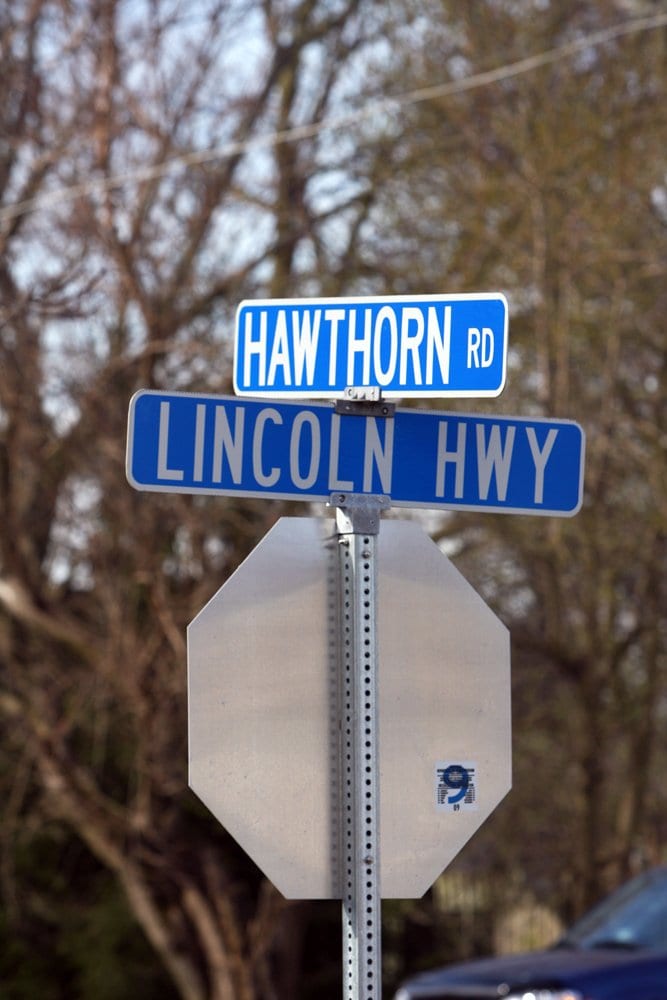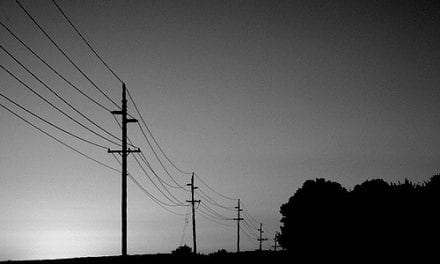Eddie Says Goodnight
Nobody in Inwood Indiana talks about Eddie Slabaugh anymore. Why would they, there’s nobody left who remembers Eddie Slabaugh.
Sure, he has the same name as the family who run the restaurant in town, but he came from a different branch of the Slabaugh family, distant cousins who lived out on Lincoln Highway toward Bourbon. Eddie was an only child, and when he left for the war in Europe in late 1942 (that’s World War Two, the one against Hitler and the Nazis, not one of the many other wars-to-end-all-wars we’ve had since then), his mother was already a widow.
Eddie was a fly boy, a pilot with the United States Eighth Air Force 100th Heavy Bombardment Group, taking B-17 Flying Fortress planes on bombing raids across Nazi Germany and Occupied Europe. But, Eddie never came back from Europe. His plane was shot down during a raid – the infamous Münster raid in October 1943 – and ditched in the North Sea. There were no survivors from the crew of 10 airmen. No wreckage. No bodies.
And no memorial either! By the time the United States got around to commemorating its dead after the war was over, Eddie’s mother had long since died of a broken heart, and somehow poor Eddie Slabaugh fell through the loop. The Air Force forgot about him, and so his name never made it onto any war memorial, not even the one in the old Salem Cemetery at Inwood. Perhaps that’s why his ghost still walks the Earth.
But, I’m getting ahead of myself. Besides, we really shouldn’t beat up the military for overlooking Eddie. US Eighth Air Force alone suffered 26,000 casualties in World War II, with a further 29,500 flight crew shot down, becoming of prisoners of war who then had to be extricated from the ruins of Nazi Germany and repatriated.
For those of you unfamiliar with 100th Heavy Bombardment Group, you might have heard their unfortunate nickname of the “Bloody Hundredth.” They earned it for the higher-than-average number of casualties they sustained. On some raids, over a dozen planes would be lost and in the case of the Münster mission just one plane – Rosie’s Riveters – returned safely to its base in the East of England. (That’s as in England, UK not New England, USA.)
In all, during the course of the war, the Bloody Hundredth lost 177 planes in the course of flying 306 missions. If you can find a copy on DVD, you might check out the 1949 Oscar-winning movie “Twelve O’clock High,” which stars Gregory Peck and is based on the missions flown by the 100th and other groups within the US Eighth Air Force.
Military historians suggest two possible explanations for the Bloody Hundredth’s high attrition rate. The first is poor leadership and discipline, resulting in planes not flying in sufficiently tight defensive formations, so enemy fighters could penetrate the “killing zone” and pick off planes. Eddie Slabaugh, incidentally, was one of the pilots reported for frequently flying out of formation.
The second is the so-called “wheels down incident” in early 1943, one B-17 lowered its wheels in surrender, when it got into difficulties over Germany, but then apparently changed its mind and shot down the escorting German Messerschmitt fighters. This, not surprisingly, made the 100th a “marked outfit” for Luftwaffe pilots.
You’ve guessed it, Eddie was the pilot of that B-17, although he subsequently claimed it was all a misunderstanding, that he had never signaled his intention to surrender, and anyway it was a mechanical fault that caused the landing-gear to come down mid-flight.
Of course the Bloody Hundredth may just have been dogged by bad luck. Whatever the reason, other American bomber groups liked flying with the 100th “because the Nazis go after them instead of us.”
This is where I enter the story because I was researching a history book about the legends and myths of East Anglia when I came across the story of Eddie. East Anglia was (and still is for that matter) a relatively flat, thinly populated agricultural area on that part of the UK that bulges out into the North Sea. In World War II, this made it the perfect location for airfields that were the shortest distance flying-wise from Enemy Europe. In fact, it proved such a popular location that by the end of the war there were over 200,000 US Eighth Air Force personnel stationed there, earning it the nickname of “The Fields of Little America.”
But, I digress. The Bloody Hundredth were based at the Thorpe Abbotts airfield, known to the Americans as USAAF Station 139. After the war, the station closed and was turned back over to agricultural use, with most of its buildings, runways, hard-standing, and perimeter track being broken up. However, in 1977, the control tower and several other buildings, including a couple of Quonset Huts, were leased to a group of volunteers who set about restoring them and creating what is now The 100th Bomb Group Memorial Museum.
But, from time to time, visitors to the museum have reported an overpowering “presence” within the control tower.
Sometimes it is accompanied by a brief glimpse of an airman dressed in full flying gear. Sometimes the sound of VHF radio chatter and the noise of aircraft has been heard. Even museum volunteers will admit that, after locking up the control tower at the close of the day and walking to their cars, they have turned back to see an airman standing at a first-floor window, looking out as if to say good night. And then there is the whistling, the sound of someone whistling the tune of a now largely long forgotten pop song.
The song has been identified as “Comin’ In On A Wing And A Prayer.” Recorded by a group of crooners called The Song Spinners, it topped the Billboard Best Selling Singles Chart for three weeks in July 1943. (Frank Sinatra, Anne Sheridan, Gene Autry, Bing Crosby and Eddie Cantor also all cut versions of this song.) The lyrics – “tho there’s one motor gone, we can still carry on” – made it a particular favorite of US airmen, and none more so than Eddie Slabaugh, who was once threatened with being suspended from duty on half-pay for whistling the tune during a mission briefing session.
Interestingly, the ghost that haunts the Thorpe Abbotts control tower is not a new phenomenon, as he first began to appear during early 1944, when he was reported being seen walking through walls of the airmen’s quarters. Back then, men could recognize the ghost. And even if they couldn’t recognize its face, they could certainly recognize the tune it was whistling. “Comin’ In On A Wing And A Prayer.”
Tales of the “Eddie the Ghost” persisted, with some of the men even taking their pistols and rifles to bed with them. Fearing an accident, the base commander at the time Colonel Thomas Jeffrey, known as Colonel Jeff, even banned all talk of Eddie on penalty of court martial.
Perhaps it would have been possible to lay to rest the ghost of Eddie Slabaugh if someone had remembered to carve his name on that war memorial in the old Salem Cemetery, but that opportunity was missed 70 years ago. Eddie the Ghost was whistling then; he’s still whistling now.




















